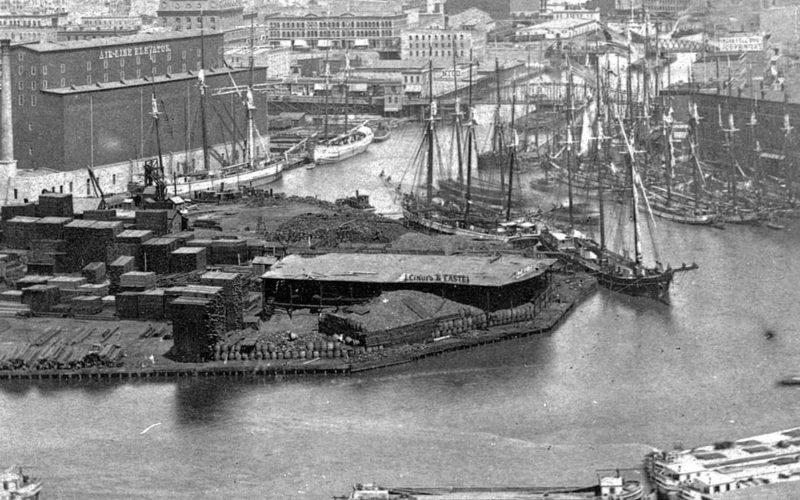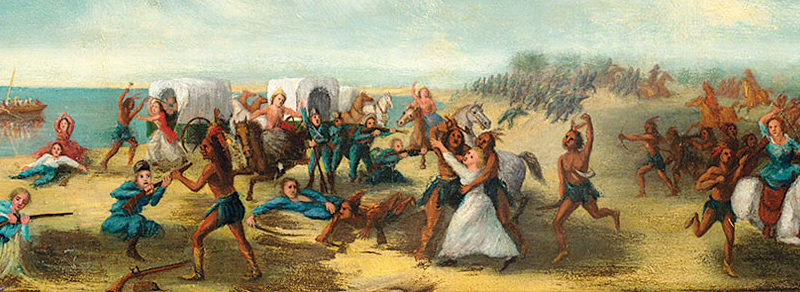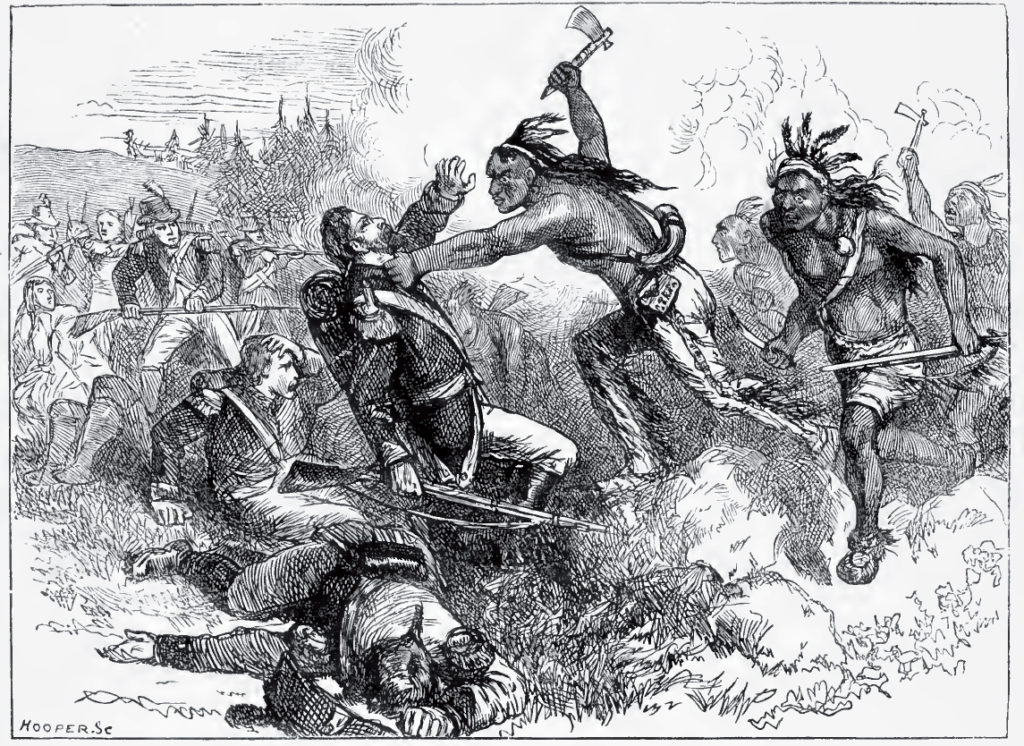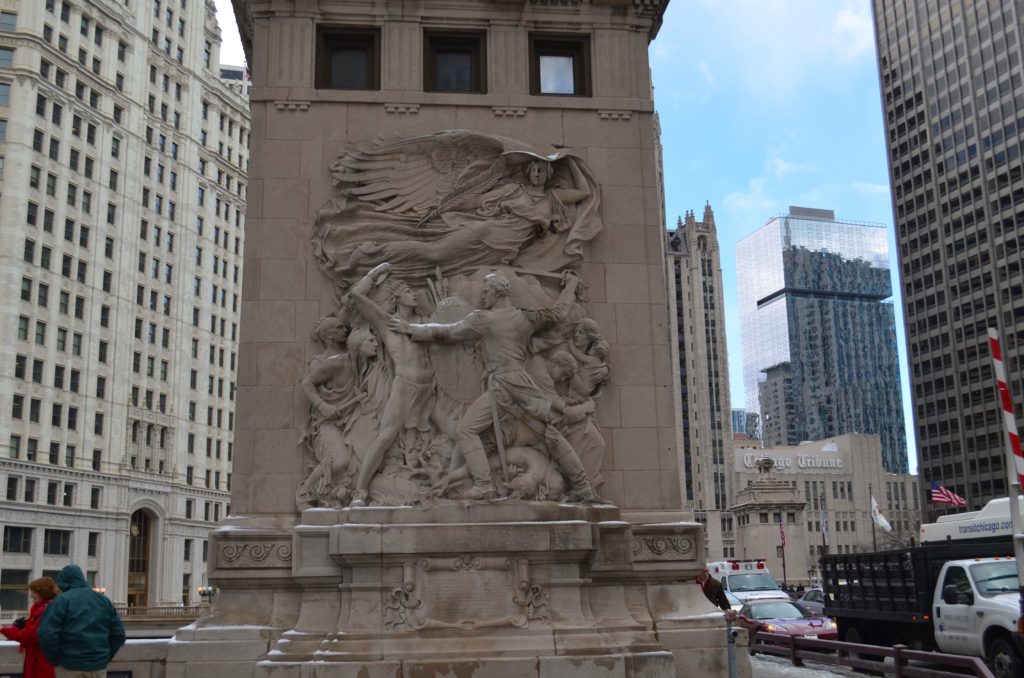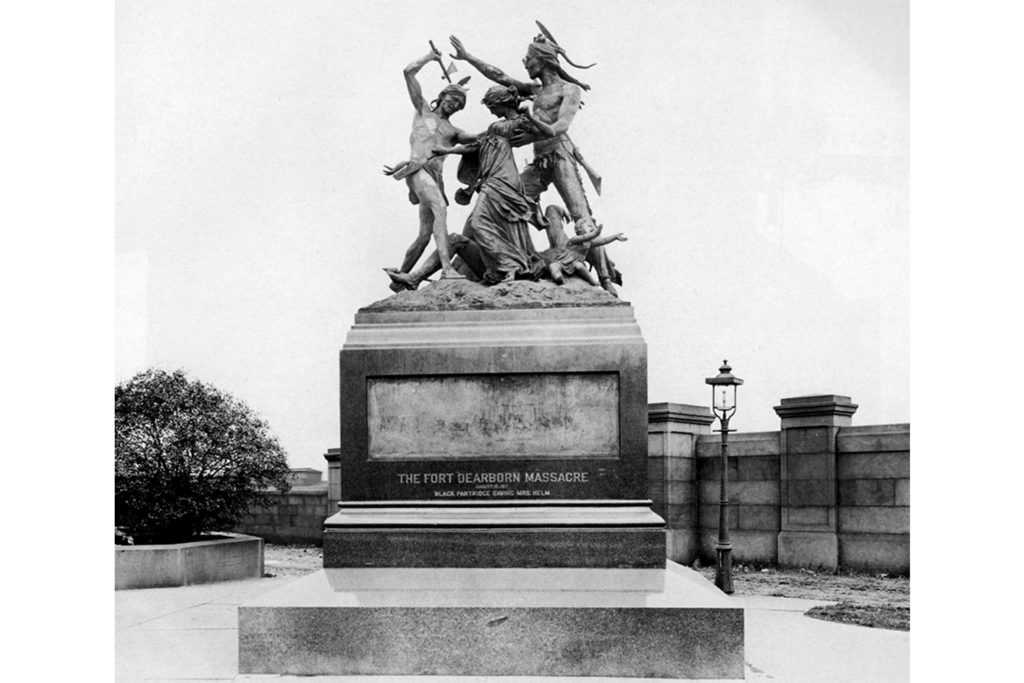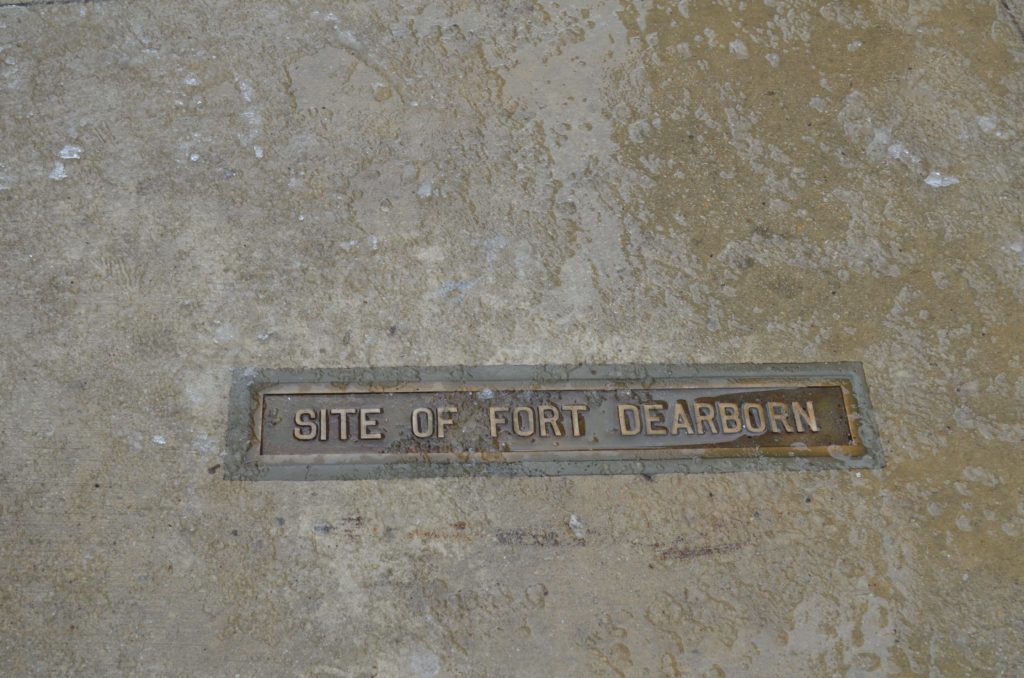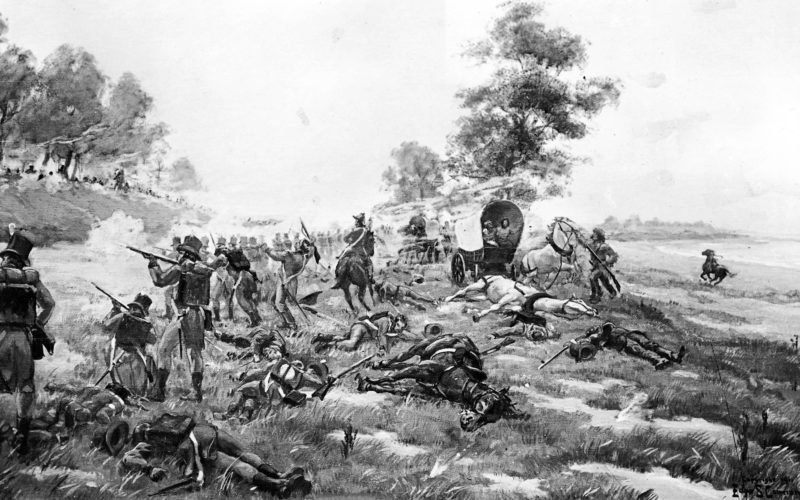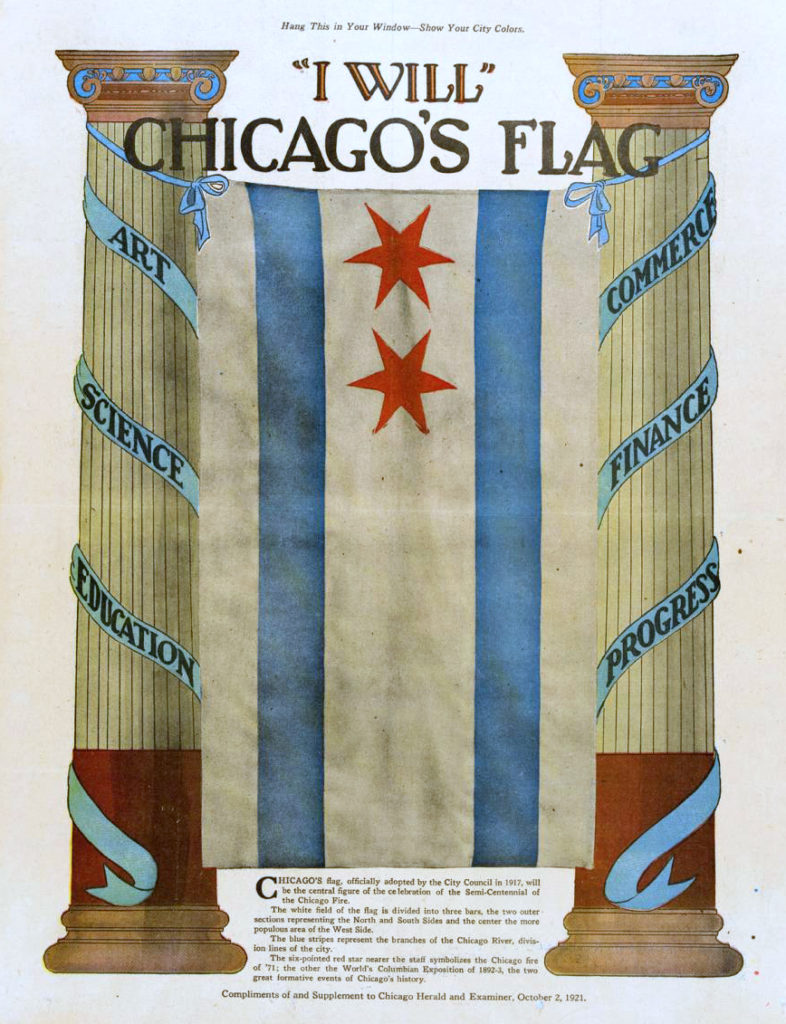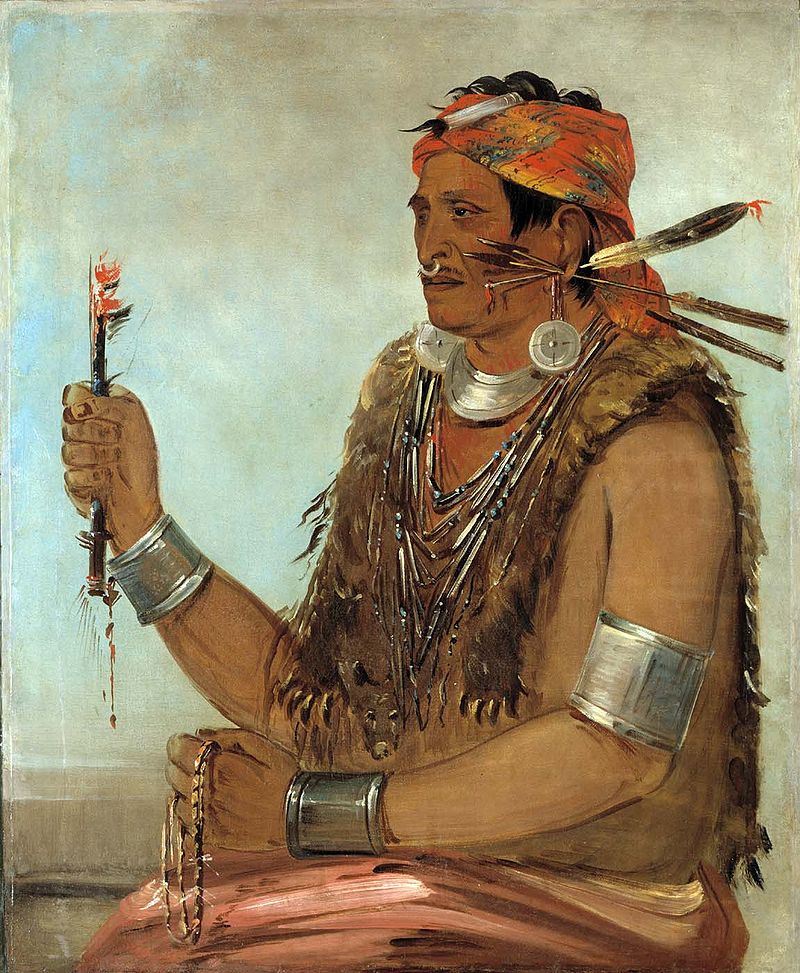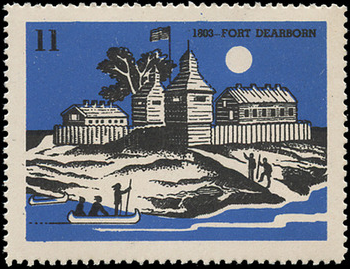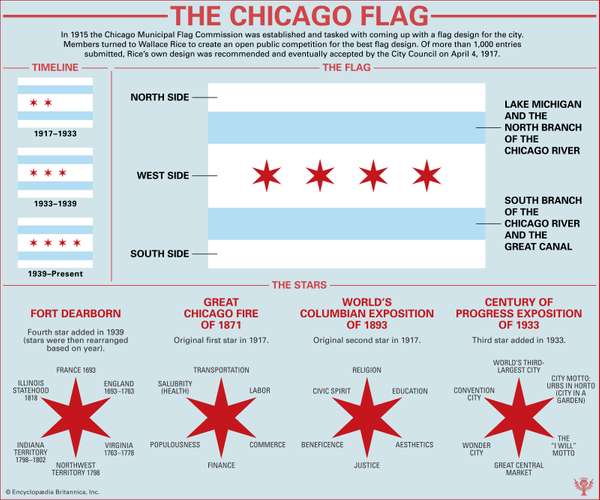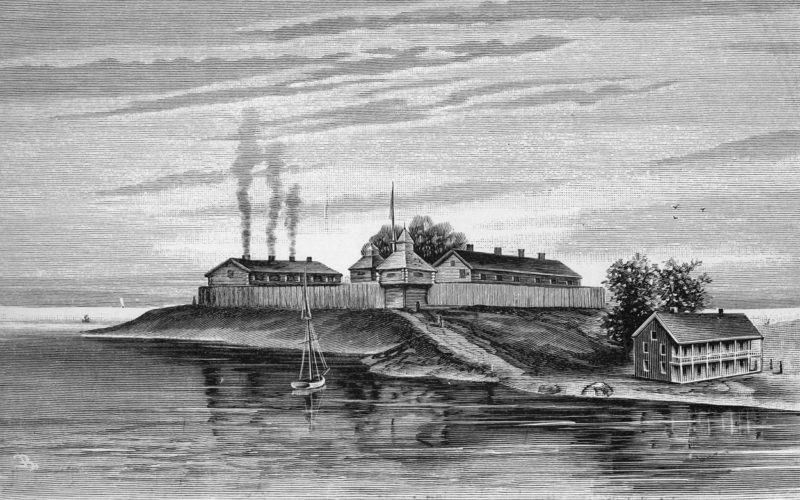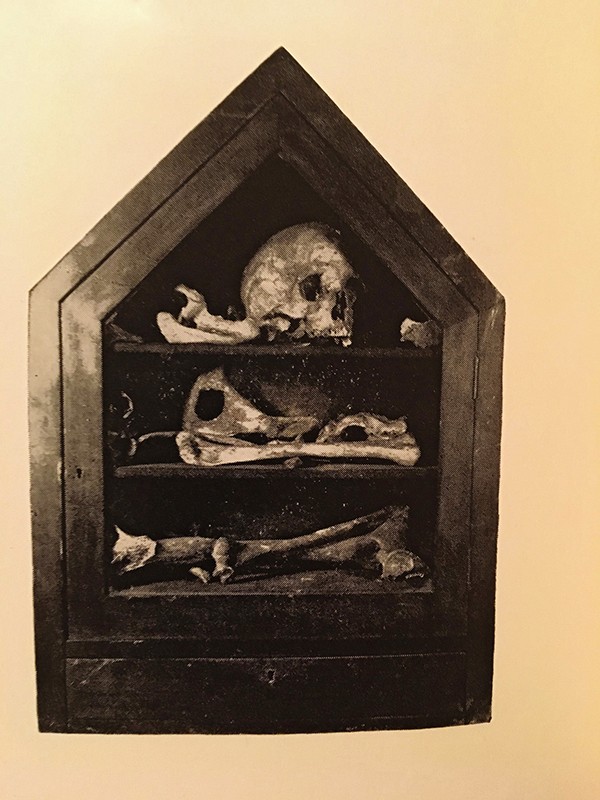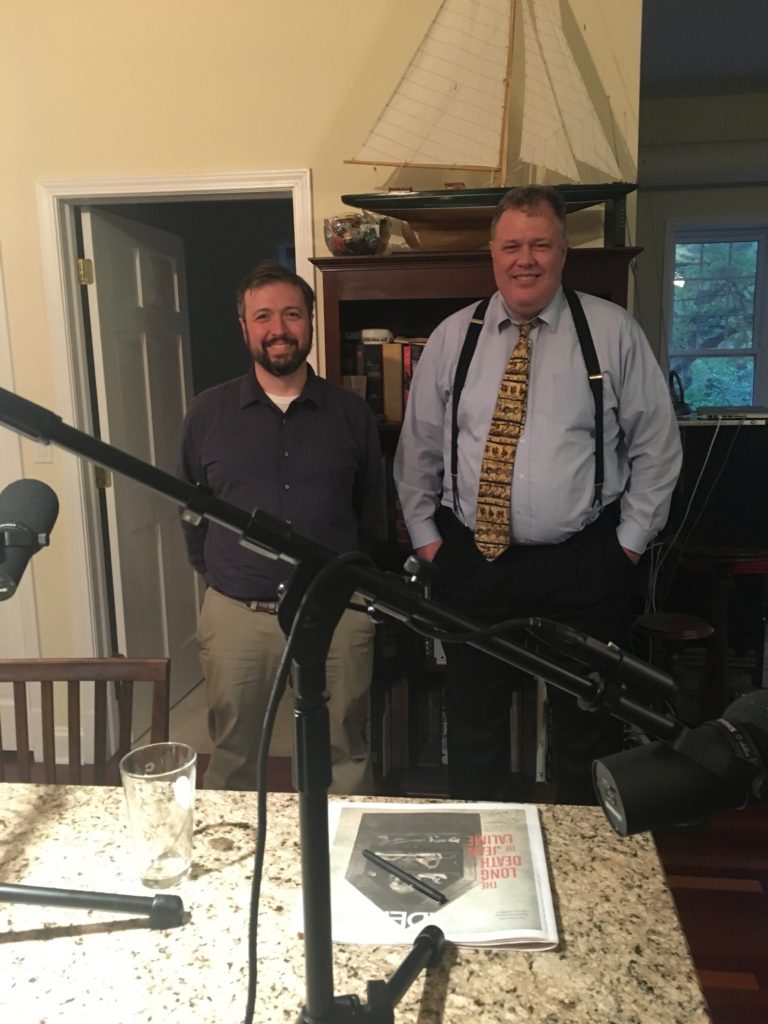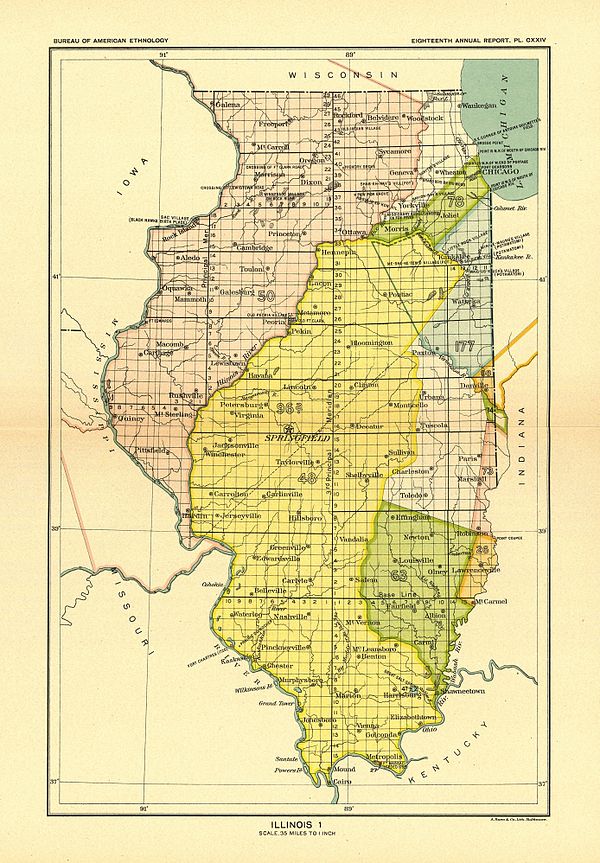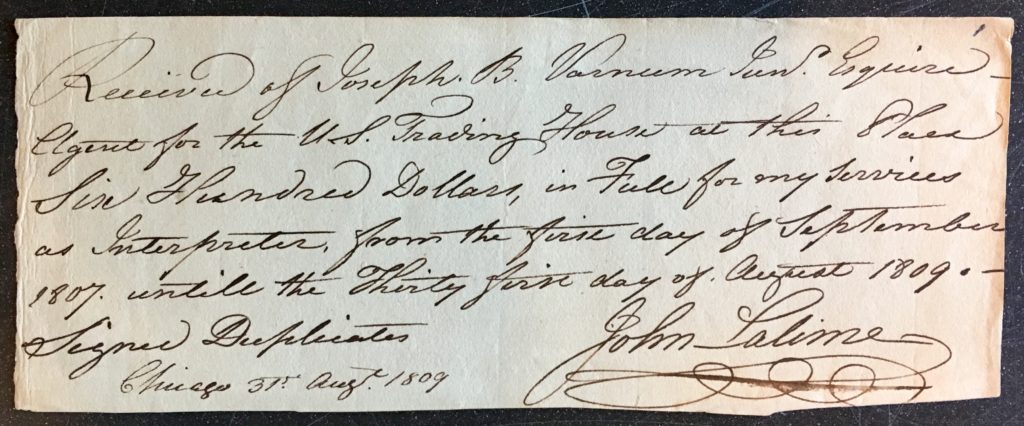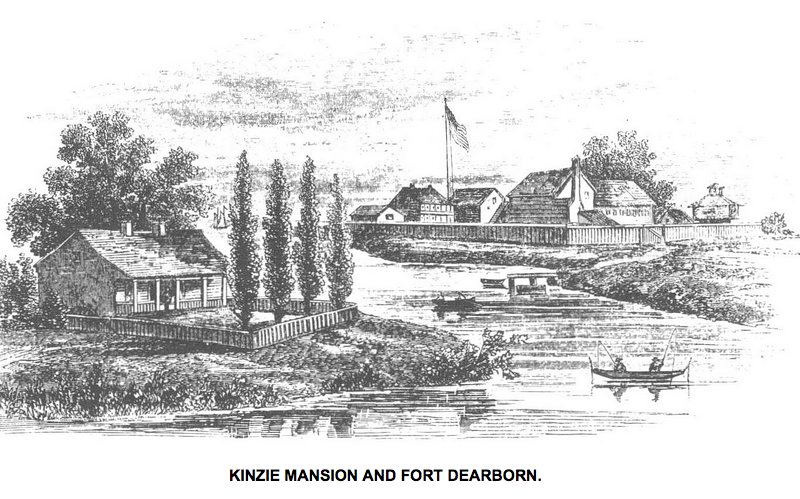Episode 14: A Brewing City
Chicago has a long history of brewing and distilling; of taverns, pubs, and saloons; of alcohol distribution and consumption so we hope you will soak up this episode on the history of alcohol and its impact on the city. This episode of the Windy City Historians podcast is a historic concoction ranging across Chicago’s history to explore the interplay of sociability and society around beer, spirits, and brewing to create, support, and shape the development of this toddling town and vice versa.
We hope this will whet your appetite and briefly quench your thirst for history through a unique take on the City of Big Shoulders. In this episode co-hosts Christopher Lynch and Patrick McBriarty talk with Chicago historian Liz Garibay to discuss her research and fascinating stories of American and Chicago history as viewed through the lens of alcohol. Learn the true origin of PBR’s Blue Ribbon — it’s NOT from the World’s Colombian Exposition of 1893 — OR about the Lager Beer Riots of 1855 — as we serve up another interesting brew of Windy City history.
Cheers!
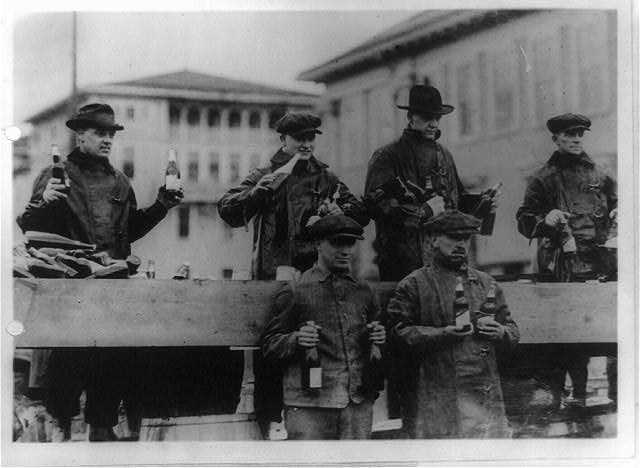
Beer for Chicago intercepted in Zion, IL during Prohibition 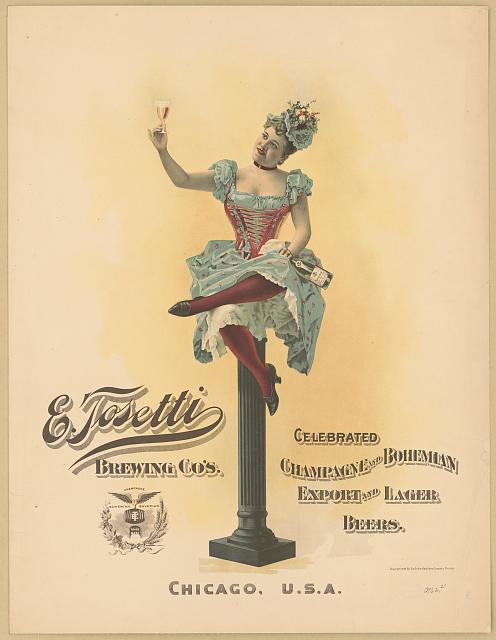
E. Josetti Brewing Co. of Chicago advertisement 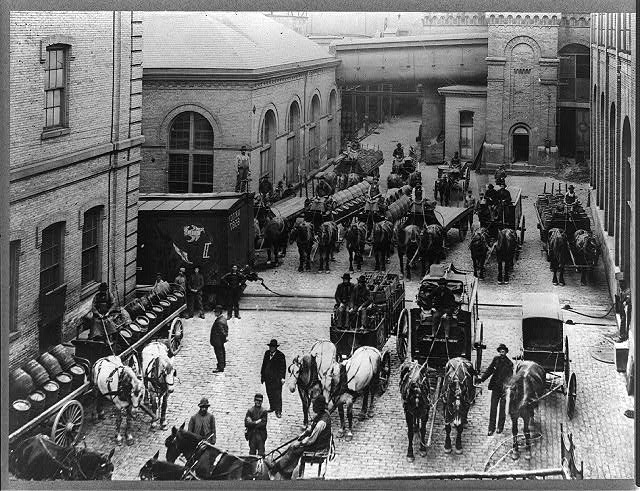
Schlitz Brewing Company in Milwaukee, WI 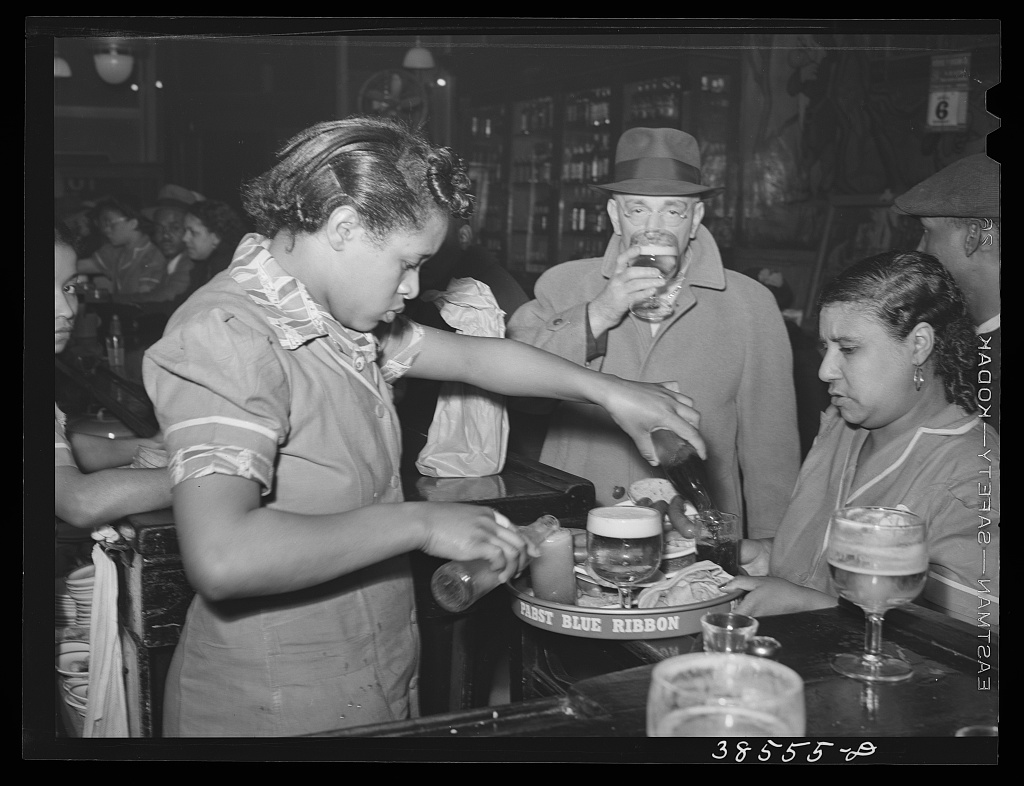
Serving Beer in a Tavern in Chicago 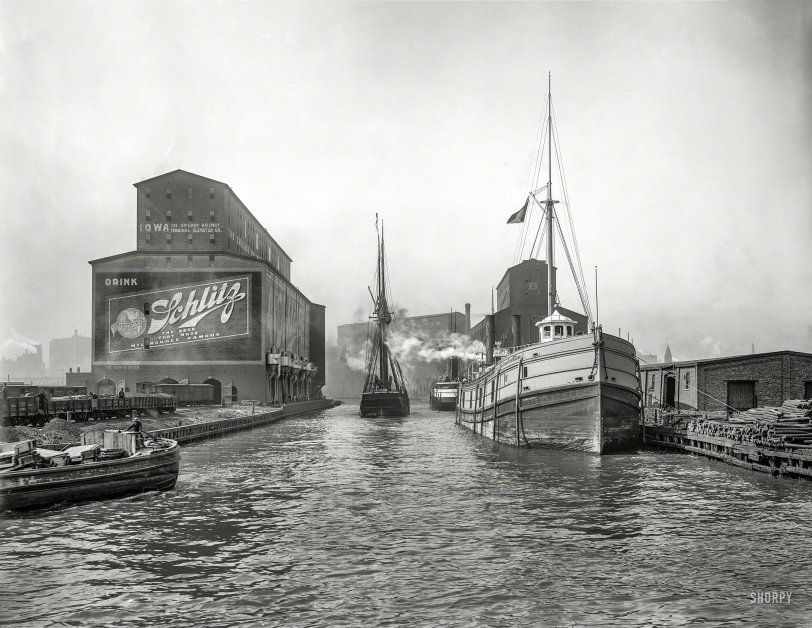
Chicago Harbor Mouth ca. 1900
Links to Research and Historic Documents
- Latest Chicago Beer News — Historic Seipp Brewing Returns to Chicago a revival of a historic beer from the great-great-great-granddaughter of Conrad Seipp — look for it at Metropolitan Brewing Co.
- Bygone Breweries from the Forgotten Chicago website
- The Oxford Companion to Beer definition of Chicago from the Craft Beer & Brewing website
- Chicago Breweries from the Chicagology website
- History of Lill & Diversy Brewing from the Digital Research Library of Illinois History Journal
- History of the Schoenhofen Brewery from the Forgotten Chicago website
- The book Al Capone’s Beer Wars by John J. Binder
- Chicago’s Brewseum’s exhibit at the Field Museum and the video on the 1855 Lager Beer Riot video
- History on Tap — historian Liz Garibay’s website of events, tours, and more…

